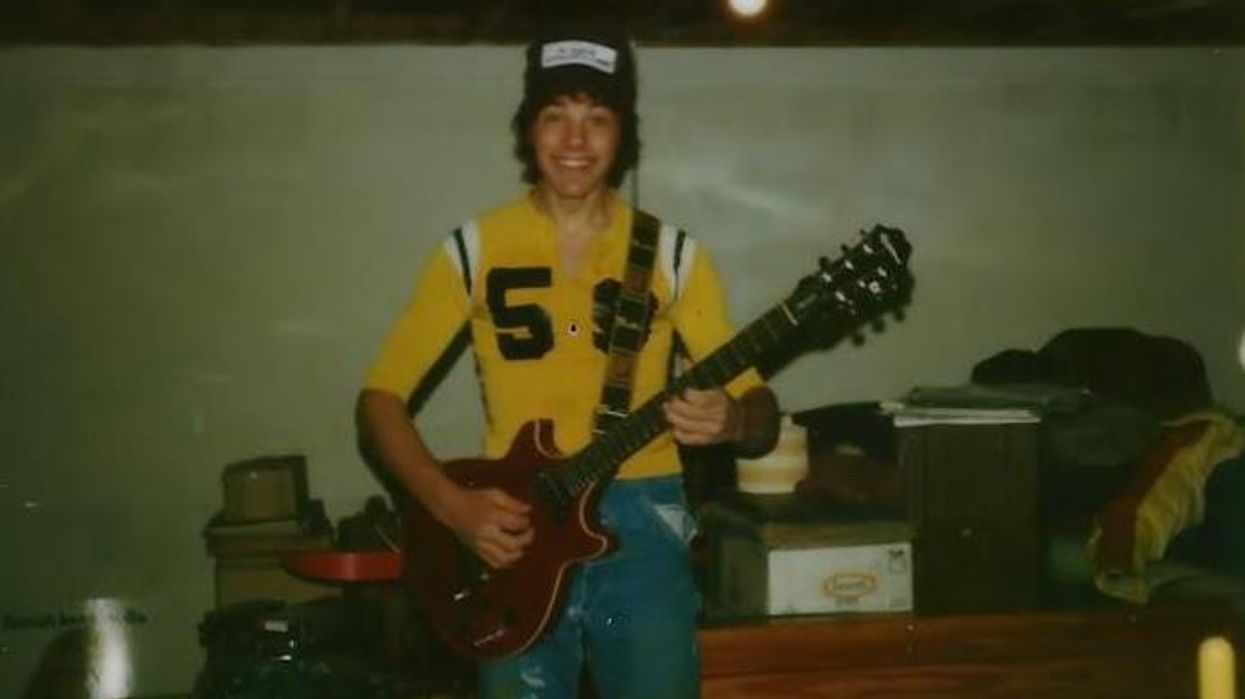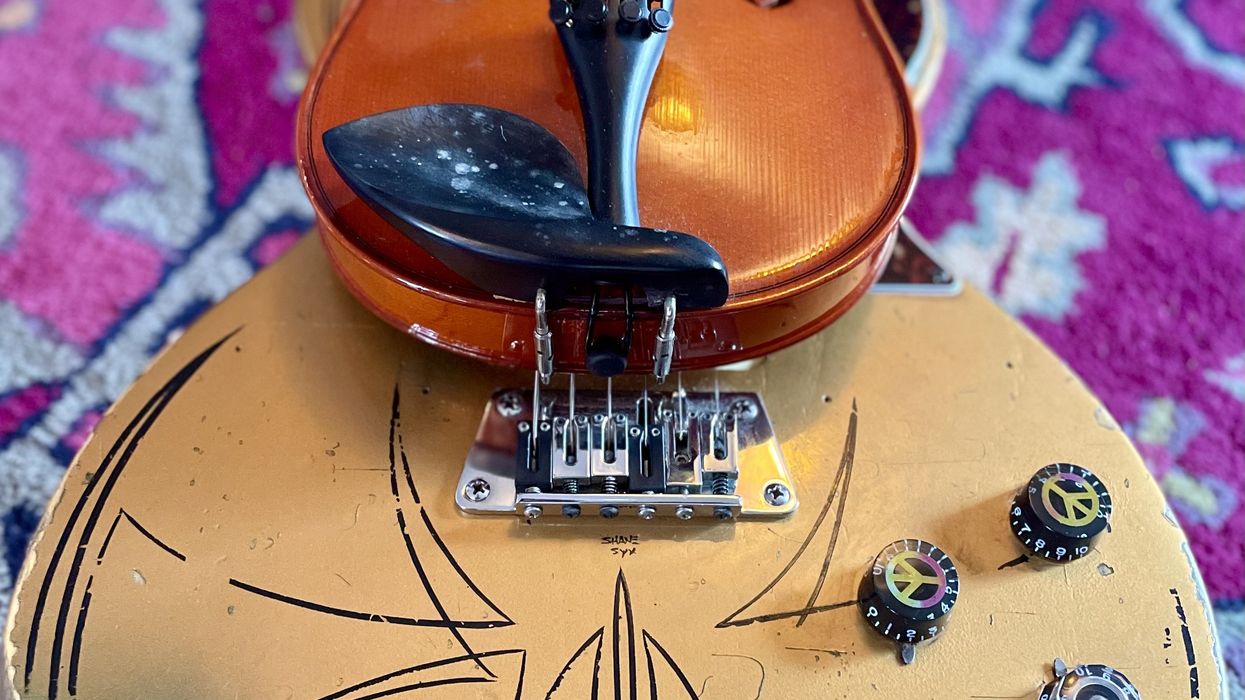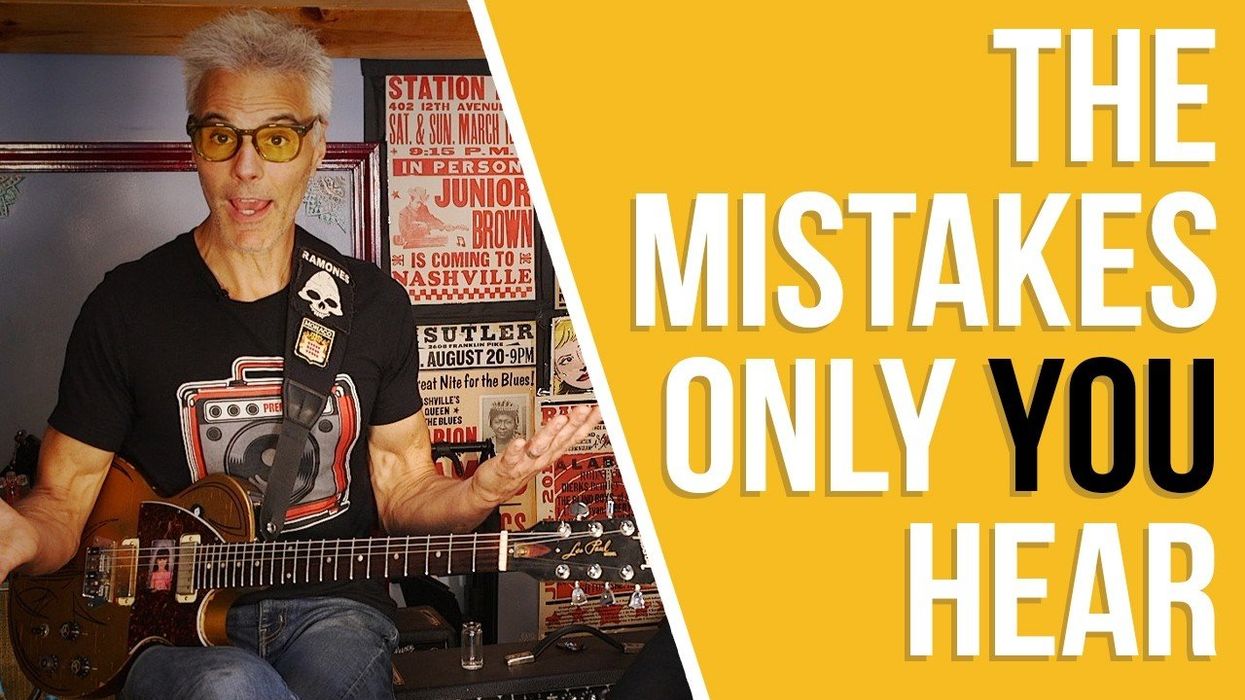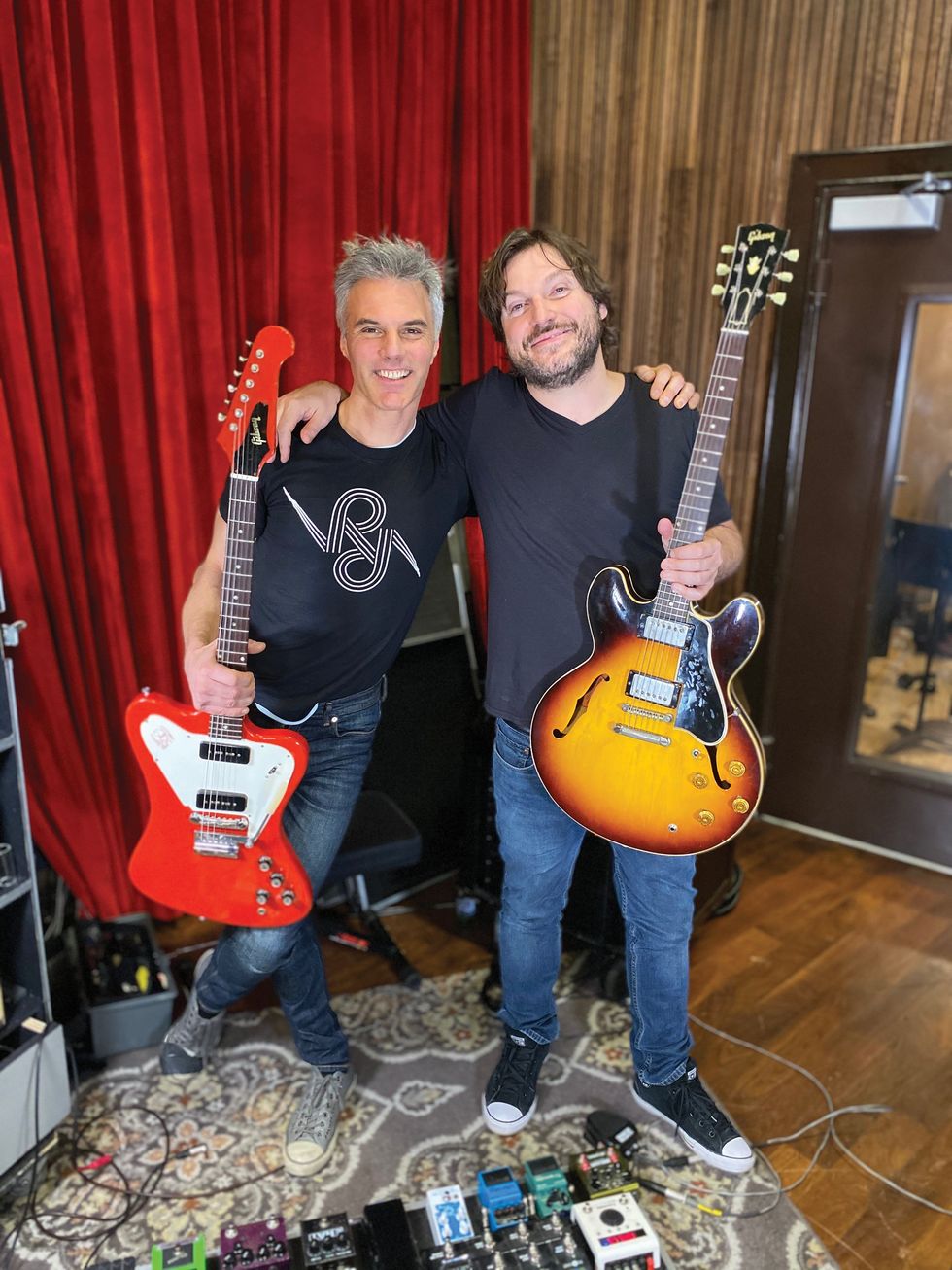Even as a 17–year resident of Nashville, I’m still frequently asked why I moved here. People make the observation that I don’t really listen to country much anymore, that I dress too “L.A.” or “New York,” or that it just doesn’t make sense since I’m European. People also make note about my fairly aggressive playing style, brighter rock-oriented tone, and my onstage persona. And then, sometimes with great confusion on their faces, the question comes: “What on Earth brought you to Nashville?”
Wanting to start the new millennium with a bang, I moved to Nashville on January 11, 2,000. I had been planning the move for quite some time after playing full-time with hard-working (but low-paying) nationally touring cover bands in different genres. What I wanted to do was get on tour buses and play for artists who were in possession of prized major-label record deals. In addition to its low cost of living (at the time) and friendly locals, Nashville had one major advantage over the other major music-business hubs: It was the home of where most of the music I really loved (again, at the time) was being made. And this music was female-fronted pop-country.
pop hooks into country.
This might seem somewhat strange considering most of the music I grew up on was hard rock and R&B. A big part of the attraction was that all the session players on the great melodic-pop records from the ’80s had moved to Nashville, and were interjecting slick production and memorable pop hooks into country—mostly on the female side of the genre. Male 1990s country was still dominated by “hat acts” (with some notable exceptions), who weren’t allowed by their record labels or audience to be quite as progressive with their content, production, or image. In my opinion, that division still holds true in the genre today.
There were quite a few female-country records coming out of Nashville in the ’90s that influenced my decision, but as someone who grew up on albums produced by South African super-producer Robert John “Mutt” Lange, Shania Twain’s recordings sealed the deal for me. The songwriting and production hooked me, but the bass playing (and the bass programming) is nothing short of breathtaking. The bass parts have rigidity, taste, discipline, and sometimes sniper-like hiding skills by blending into the music so seamlessly you barely notice them. For all my low-end brethren, especially the “non-country” ones, let’s take a look at a few examples so you can understand what I’m getting at.
“Home Ain’t Where His Heart Is (Anymore)”
A friend of mine who played in Shania’s band during her prominent touring years said the following about this song: “The first 10 seconds of this might be some of the most perfect music ever recorded.” I agree. Those seconds are the sounds of Nashville’s finest at the time—recording simultaneously (pretty much without overdubs) and with an amazing amount of air between the notes.
Nashville session-great David Hungate plays astounding fretless on this song. His tone during the intro has the perfect amount of fretless mwah and his sustain and pitch is unparalleled. There are some stunning Pino-esque double-stops in the latter part of the verses as well. It’s a master class in class!
“That Don’t Impress Me Much”
This song is a lesson in how a stiff and rigid pattern can still result in a groove that feels fantastic and somehow almost feels loose as well. The song is also a prime example of how Mutt Lange approaches half-notes. While many country songs feature half-notes played on beats one and three with no space at all between them, or with just a quick breath while the fingers switch positions, Mutt makes his session bassists cut the half-note off exactly where the snare drum hits. This approach results in an amount of space that almost makes a country groove feel funky.
Knowledge of this technique is almost like a power tool for bassists, because it can drastically change the feeling of the entire band. In this particular song, it interacts with the acoustic guitar in a great way. The acoustic is playing an upbeat, heavy eighth-note pattern that drives the song in a similar manner to what Larry Graham’s bass does in a Sly & the Family Stone song. If this song was a car, the acoustic guitar would be the engine and the bass would be more like the frame. Analyzing this fairly simple tune has really helped my bass approach in hundreds of other mid-tempo pop-country songs over the years.
“Rock This Country!”
This song brings up one of my all-time favorite topics: static eighth-notes played on the root. The great lesson to take from this song is how their duration changes minutely between the verses and the choruses. The verses contain a pattern that cannot be classified as staccato, but the notes still have an amount of air in between them that makes them bounce.
A good exercise for me has been to try to play this verse pattern with an all-downstroke, semi-palm-muted approach, and simultaneously assist the creation of the shorter-note feel by lifting and lowering my fretting hand quickly between notes.
There are many more great examples of world-class pop-country feels in Shania’s songs, so I plan on continuing this subject in a later column. To all you non-country low-enders: There are pots of gold to be discovered here.


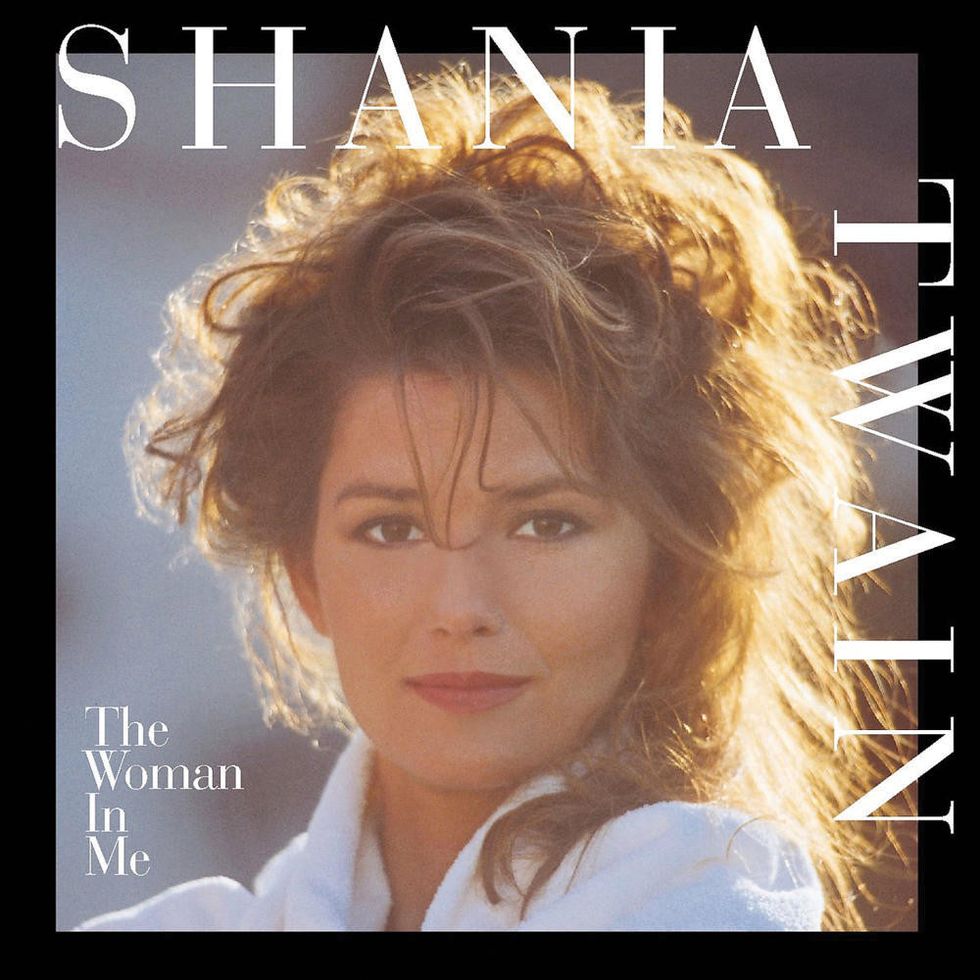

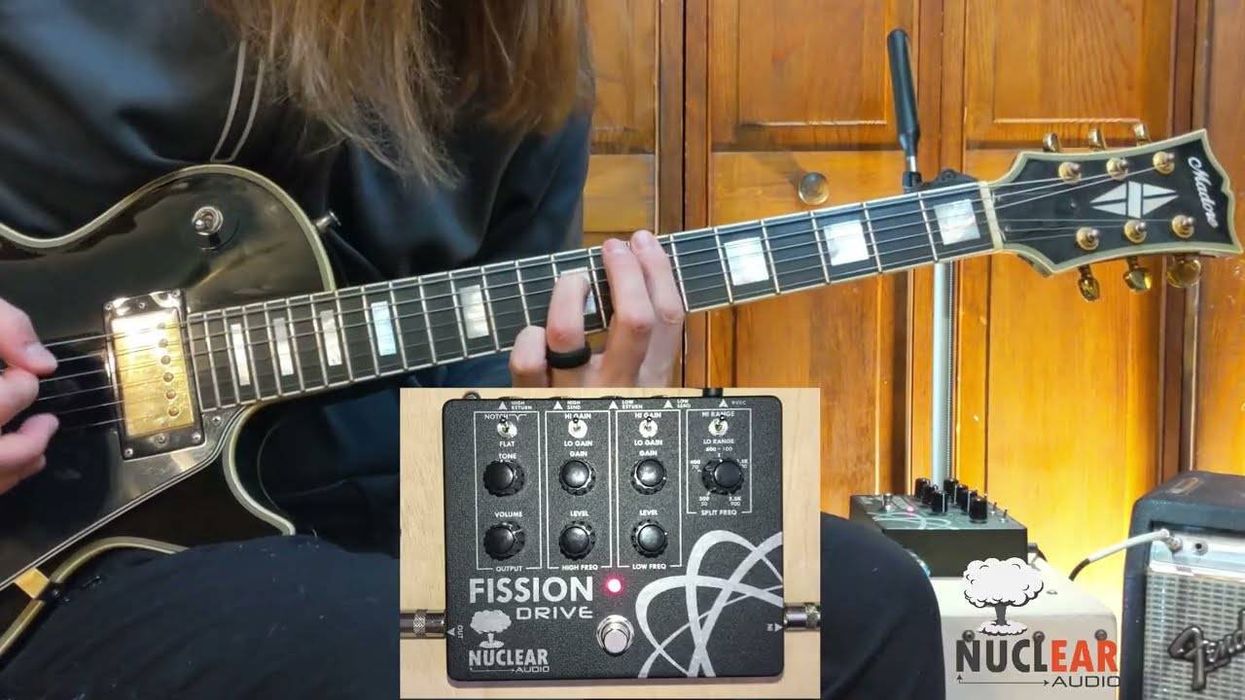







![Rig Rundown: Russian Circles’ Mike Sullivan [2025]](https://www.premierguitar.com/media-library/youtube.jpg?id=62303631&width=1245&height=700&quality=70&coordinates=0%2C0%2C0%2C0)



